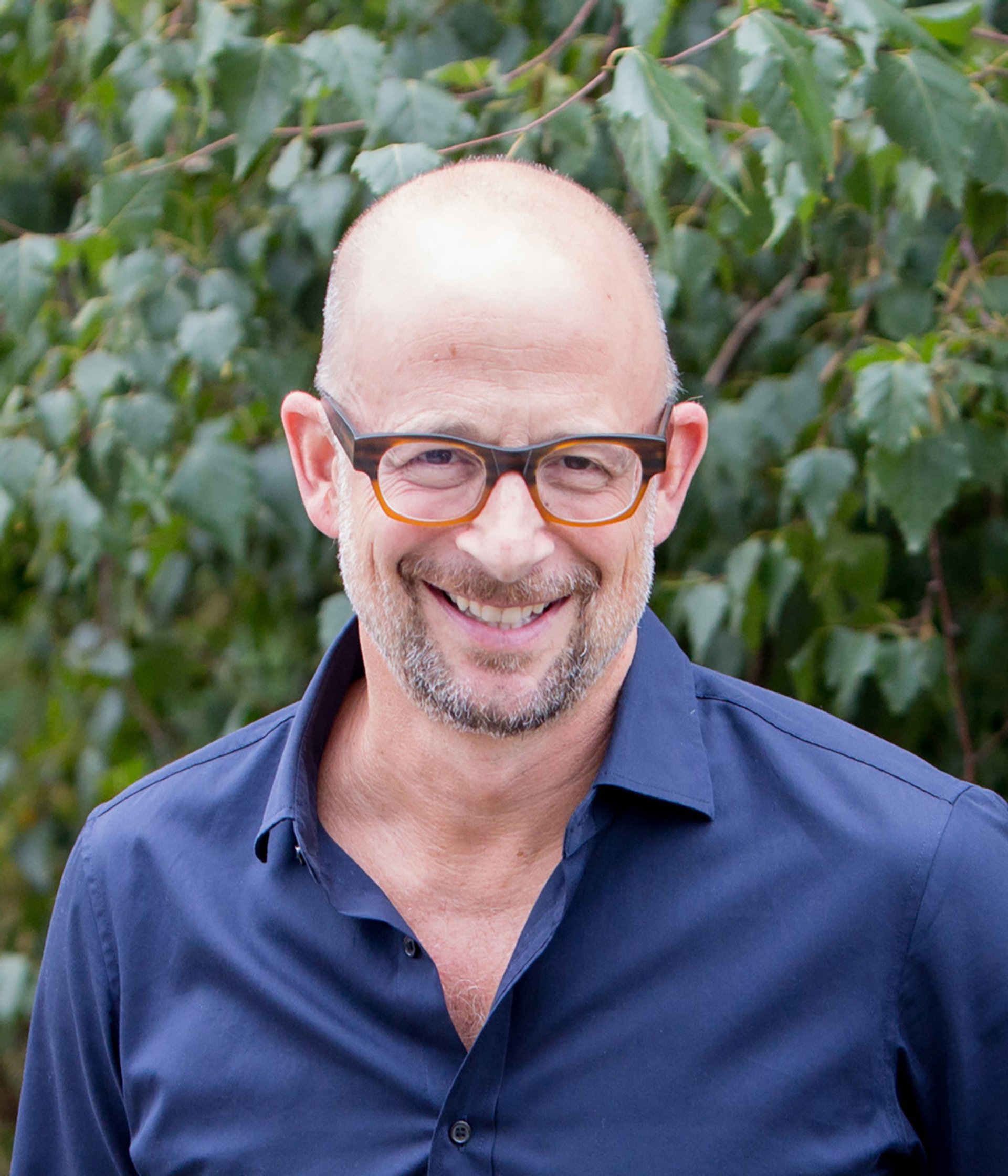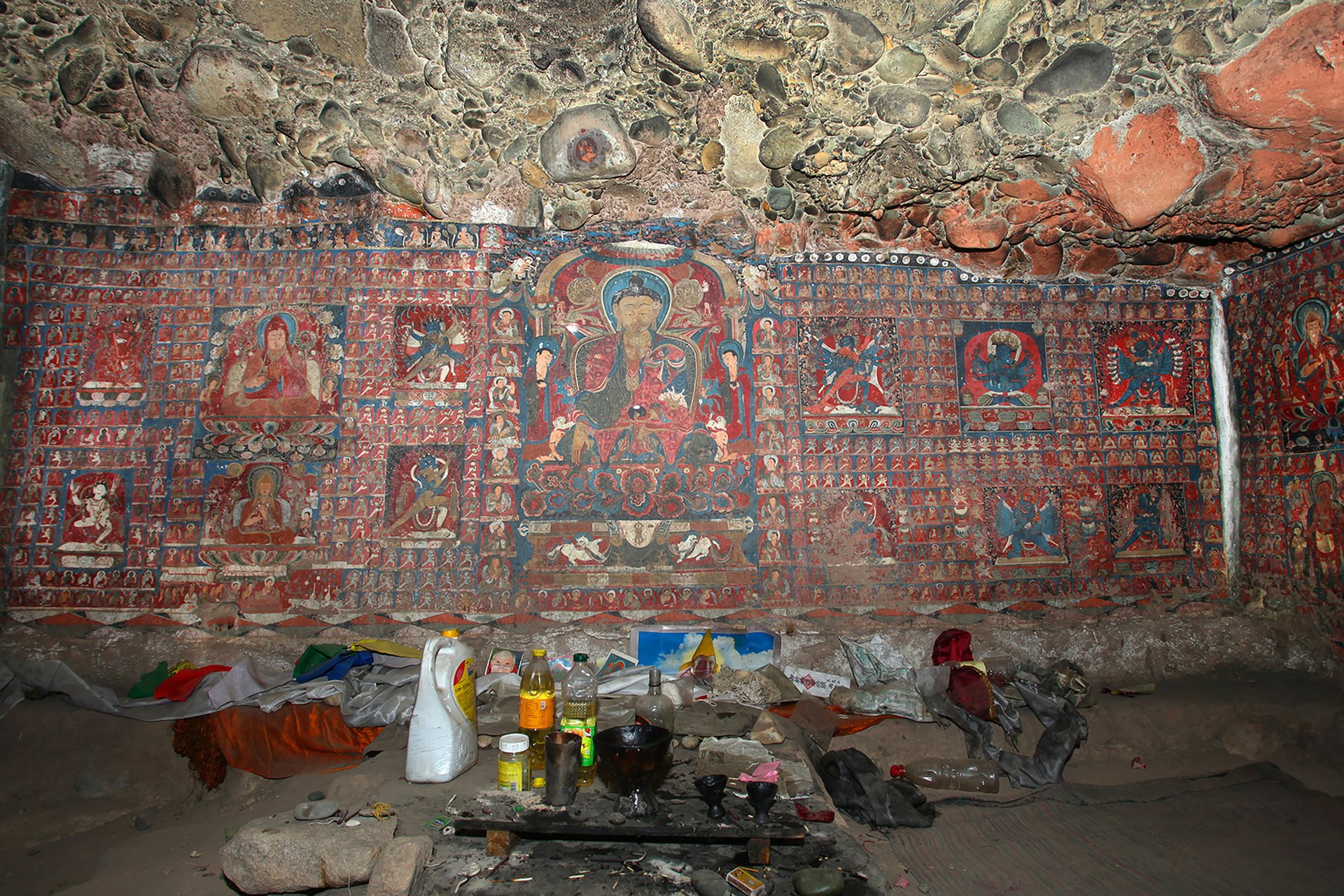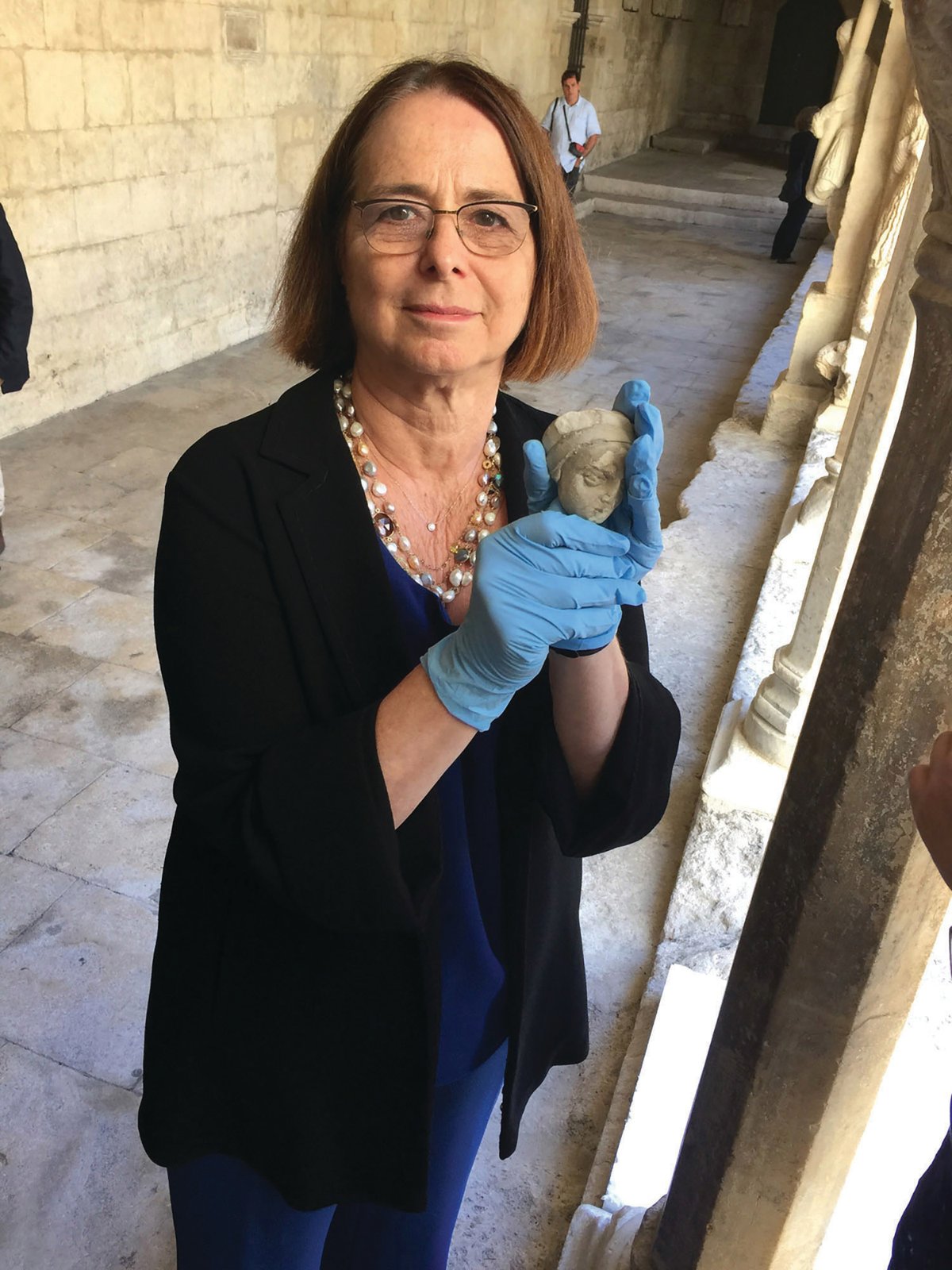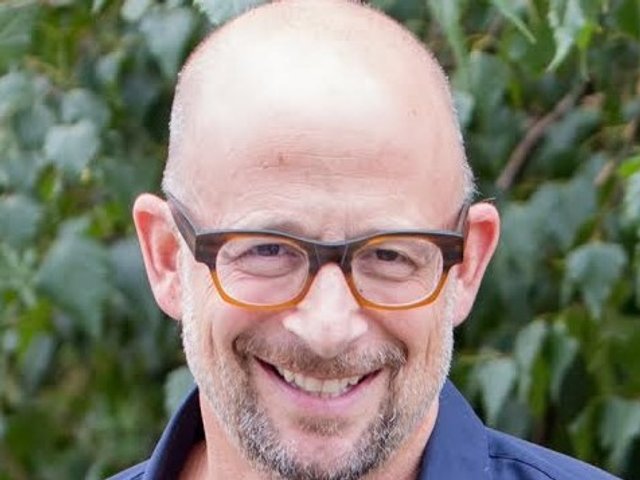When Bonnie Burnham joined the World Monuments Fund (WMF) in 1985, the private, non-profit organisation dedicated to preserving the world’s heritage sites was long in spirit and ambition, but lean in means and reach. During her tenure as president and chief executive, Burnham has transformed the fund into a global conservation powerhouse with close ties to other powerful bodies such as the Samuel E. Kress Foundation, affiliates in the UK, India, Peru, Portugal and Spain, and 600 projects in 120 countries. And, rather significantly, around $300m was raised under her leadership, including a $100m challenge grant from the late philanthropist Robert Wilson. This month, Burnham is stepping down from her post after 30 years. She will remain at the fund as an adviser to ease the transition as the new head Joshua David settles in.
The fund, which is celebrating its 50th anniversary this year, was founded in 1965 by James A. Gray. Burnham came on board from the International Foundation for Art Research 20 years later, when Gray “retired very precipitously and without a plan for the future of the organisation”, she says, explaining that it was essentially a one-man operation with the main thrust of its activities focused on Gray’s passion: helping Venice to recover from the disastrous flood of November 1966, which also struck Florence. “The board wanted the fund to become truly global and a force from the private sector that could represent the interests of this sector in the heritage conservation field,” she says. At the time, all the major players were governmental or inter-governmental bodies, so the major campaigns, including moving Nubian monuments as part of the Aswan High Dam project in the 1960s, were funded with government money. “When I came in, the goal was to become more global and to find new sources of support,” she says.
“Centrepiece of the city”
Burnham immediately began to look for foreign partners. Fittingly, the first project she took on—the restoration of the portal and cloister of the Romanesque church of St Trophime in Arles, France—finished this September. In a partnership with the city, the fund paid for technical and scientific studies to enable the stone conservation work to begin. “We had limited resources at the time, so we set a standard that we would not contribute more than 25% of the total cost of the project,” she says. The restoration has resulted in a renewed interest in the church. “It has become the centrepiece of the city, and this is the type of impact we’re after,” she says.
Although the fund is more flexible with its 25% rule nowadays, and certain unilateral commitments are made in extreme circumstances—such as the recent earthquake in Nepal, where the fund launched its first project in Asia in 1984—it still looks for contributions from foreign partners. At Angkor in Cambodia, for example, the national body responsible for the upkeep of Khmer monuments is expected to make a complementary investment by maintaining the grounds and through other, similar activities. The fund’s work in Cambodia began in 1989, “at a time when the US didn’t recognise the transitional government”, says Lisa Ackerman, the fund’s executive vice-president and chief operating officer. “It took guts for Bonnie to launch that campaign and run trips to Cambodia in tricky security situations. But people saw Angkor through Bonnie’s eyes and fell in love with the vision she painted of the site’s future,” she says.
Breaking new ground
The fund broke new ground in the early 2000s, when it entered into the first international partnership or engagement at the Forbidden City in China to restore an 18th-century garden and relaxation studio built for the Qianlong emperor. Although the Forbidden City was a cash cow in terms of visitor revenue, this money did not trickle down to investing in conservation.
“They didn’t have facilities, and their restorers were trained in artisanal practices that were grounded in tradition but not necessarily science,” Burnham says. “We had a rich opportunity to create a training programme that is going to help China reposition itself in many areas of conservation.”
The establishment of the World Monuments Watch list in 1995 is hailed by Burnham as the most influential heritage conservation programme established under her leadership. The aim was twofold: to find out which sites should be prioritised and to generate an interest in heritage. To date, 790 sites in 135 countries have featured on the list. “In the beginning, all nominations were done by post,” Ackerman says. “On the day submissions were due, we literally had shopping carts full of dossiers. The response was staggering.”
Over the years, the American Express-sponsored Watch list has led to additional initiatives such as Modernism at Risk, which seeks to preserve Modernist buildings that are, on the whole, undervalued and thus vulnerable to demolition. The list has also shown that man-made threats, including development, encroachment and conflict, threaten around 85% of the sites.
One of the greatest challenges faced in regards to architectural heritage is a lack of financial resources. “The bottom line is that the whole heritage sector is not sustained well enough within the framework of government entities that have this responsibility,” Burnham says.
Escalating violence in the Middle East has created a renewed concern for the world’s heritage. And although development is probably a greater threat to heritage than war, responding to conflict requires a different approach, Burnham says. When safety concerns prevented the fund from working at sites in Iraq, including Babylon, it brought people from Iraq’s state board of antiquities to Jordan and Egypt for training and to provide them with much-needed conservation equipment. “You need to develop networks as if you are going to work side by side on the ground, so when you have windows of opportunities to go in, you’re all dressed up and ready to go,” she says.
Burnham’s vision, knack for seizing opportunities and adventurous spirit—a quality shared by her predecessor Gray—have been key to driving the fund forward. “Bonnie has such an unassuming manner, and with a very small staff she was able to make all of this happen with a belief that it could be done and that the money would follow,” Ackerman says. “And somehow, miraculously, it did.”
The WMF's new head

Joshua David, the co-founder of the Friends of the High Line, a group that lobbied to transform a derelict, elevated railway in New York into a much-loved park and public arts space, will take over as head of the World Monuments Fund this month. The fund’s outgoing president, Bonnie Burnham, says that his appointment represents a shift in thinking within the heritage community. Instead of restoring a historic building for the sake of it, people are now looking at ways to lessen the disengagement between heritage sites and the community, and integrate the two. “What David has done at the High Line is very much in alignment with this new thinking, and with tangible results [showing] how you can make a big success of something that is considered derelict and useless,” she says. 2016 Watchlist From ancient rock art in Sudan to a 1920s radio tower in Russia, and from an Albanian labour camp for political prisoners to an Incan archaeological site in Peru, the 2016 World Monuments Fund Watch list features 50 sites in 36 countries, dating from prehistory to the 20th century. Here are three that made the list, which is now in its 20th year.

Nepal’s heritage
It comes as no surprise that Nepal’s cultural heritage sites have made the list in the wake of the catastrophic 7.8-magnitude earthquake that shook the tiny South Asian country in April, killing 9,000 people and reducing centuries-old buildings to rubble.

Gon-Nila-Phuk cave temples
Wall paintings of people in various stages of enlightenment decorate these Buddhist meditation caves in northern India. Two caves have already closed due to concerns over the erosion of the surrounding rock.
Unnamed monument
By including an unnamed monument on its list “in recognition of the deliberate and calculated damage to thousands of cultural heritage sites in many areas of political and social instability”, the fund hopes to shift the focus back to the locals who are losing their heritage.



